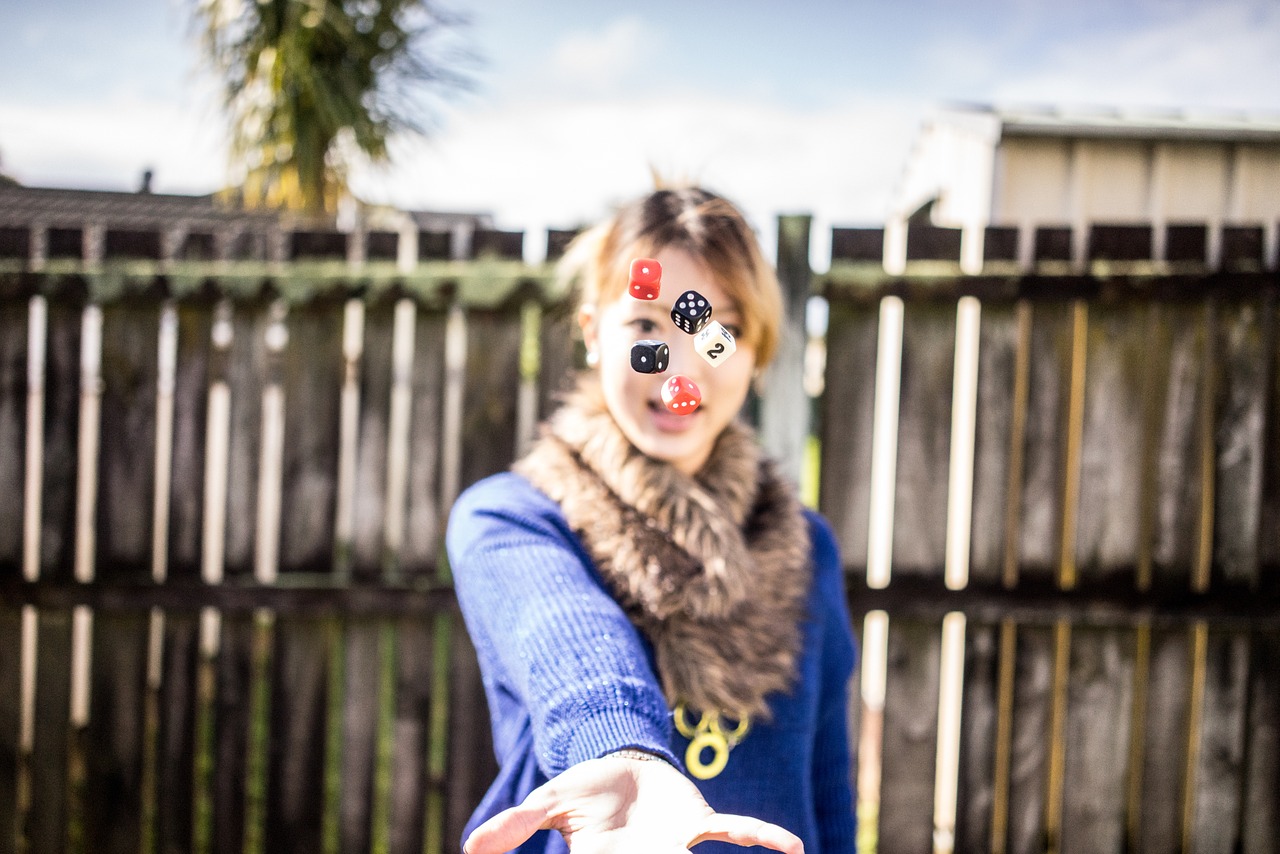The gender split between players in competition has long been a hotly debated topic. From contact sports to the more cerebral, there have always been strong personalities on either side of this debate, with the questions it raises being complex and rooted deeply in physiology, psychology, sociology and long-standing bias.
This is part of what makes games like poker so rare, in that they have no problem actively encouraging play between the sexes. So, what exactly has informed the debate over other forms of competition? Who are the women making waves in poker today, and what is it that makes this game special in this regard?
Addressing the Gender Split
In most forms of direct physical competition, there are rules that keep professional-level male and female players separate; this is no secret. While this has often been historically steeped in claims of traditionalism, it is encouraging to hear that some forms of this have been overturned by societal progress.
The Royal and Ancient Golf Club of St Andrews, for example, has long been seen as the home of golf, established in 1754. It took a long while, but in 2014 a vote was held to overturn the blockage of women from taking part, as a ballot of 2,400 patrons came back with 85 percent voting to allow women to take part.
Taking the other side of the more physical part of this equation are the elements related to the base difference between male and female physiology. Genetic and hormonal differences lead to men being, on average, 15 to 20 percent larger than women. Combined with women’s average of two-thirds the muscle mass of men, this raises obvious concerns about maximum physical outputs.
It’s true that the muscle mass difference in pro-level athletes will be smaller between sexes, but again differences in genetics and body structure mean that women will have a harder time. At the same weight, women have around 40 percent less upper-body strength, for example, and this is further exacerbated by the fact that men have it easier in gaining strength while exercising.
Does this mean that is impossible for men and women to compete on the same physical level? Not at all, but it does mean that women will have to put in considerably more effort. Given that professional competition already involves borderline unsafe levels of exercise for many sports, this effectively stacks the deck against women in the physical sense.
On the mental level, however, the truth is hardly so clear-cut. While again, men and women do have differences on this front, with women being more effective with white matter, and men being more effective with grey matter, this is rarely illustrative with games, which rely on heavy interpersonal and emotional intelligence.
This is poker, in a nutshell. While women have come from an outside position in this regard, they are quickly making a difference, with female representation only growing stronger by the year.
Women in Poker
For those uninitiated into the world of professional poker, it might surprise readers to know that the best female players in the world have had no problems competing with the best men for some time. There are dozens of legendary women in this circuit, many of whom have been active for decades.
Possibly one of the most famous women in this regard is Barbara Enright. An astute businesswoman and motivation speaker, Enright began playing at age 4 in five-card draw against her brother. With well over a million in career winnings to this day, she also holds the prestige of being the first woman ever inducted into the Poker Hall of Fame, back in 2007.
Still working the tables, she stands as a role model to the newer generation of players, though that doesn’t seem to have stifled her competitive spirit.
As for the most financially successful female player in recent poker, that honor would undoubtedly go to Vanessa Selbst. Now retired, Selbst owns a total of three World Series of Poker bracelets, which are only given out to the champions of this highest-level competition.
With her biggest single win netting her $1.8 million, Selbst retired with a massive $10.7 million in career earnings, placing her as the highest-paid female player in poker history. Now focusing on investing her money, she has shown herself to be just as successful off the table as on.
With players like Enright and Selbst showing the audience what women can do, it’s little surprise that now teams and investors are putting more behind up and comers than ever.
One such player is Vivian Saliba. A late starter in the game of poker, having learned Omaha and Texas Hold’em at age 17, Brazil’s 25-year-old sensation has been drawing attention at poker tournaments all over the globe. Now signed with Team888’s poker team, she is definitely one to watch at the tables.
Progressing Toward the Future
When looking at the financial reward of good play and the satisfaction of being a successful woman in a still male-dominated sport, it’s not difficult to see why poker is appealing to so many women.
This is a game of reading people and using your wiles to trick others while avoiding falling into their own traps. It encourages both long- and short-term planning, a steady heart and hand, and the ability to remain stoic regardless of outcomes. These are challenges that are in no way bound to gender, so it makes sense that there would be a lot of women who would jump at the opportunity to take part.
Part of this can be owed, at least on some level, to the increasing visibility that modern online casinos have afforded to the world of poker. While playing these games might have been largely impossible for those of us not fortunate enough to live close to a physical casino, online varieties allow play from anywhere and are accessible over most desktop and mobile devices.
This widening of the base of accessibility can help whet the appetite of newer players, who can then go on to try their hands at live tournaments. The more women that engage in this scene, the more they can draw inspiration from the established legends of Vanessa Selbst and Barbara Enright, who have forged a path and broken barriers for others to follow in their footsteps.
This is aided by the inclusion of female-only tournaments which, while not strictly necessary, help foster greater inclusion in what is still a male-dominated sport. There still needs to be a little work in driving engagement, after all, but actions like this can help raise visibility and encourage public participation.
Helping Set a Standard
While it is true that women’s part in poker is still underrepresented, it should be noted that it still finds itself as one of the most progressive forms of direct professional sporting competition available. This is a game where the playing field is even, which is unfortunately rare in high-level competition.
We can only hope the growing trend of women taking part continues in this regard, as greater representation will only serve to further smooth out the rough edges and let more women take place in a game that shows no bias. There’s no telling just how far the already massive game could become with a full embracement of mixed-sex competition, with current global trends indicating that this could help make it bigger than ever.
















